
Vector Laboratories is closed for the President’s Day on Monday, February 19th. We will be back in the office on Tuesday, February 20th.
We will respond to emails upon our return. Have a wonderful day.
Menu
Vector Laboratories is closed for the President’s Day on Monday, February 19th. We will be back in the office on Tuesday, February 20th.
We will respond to emails upon our return. Have a wonderful day.
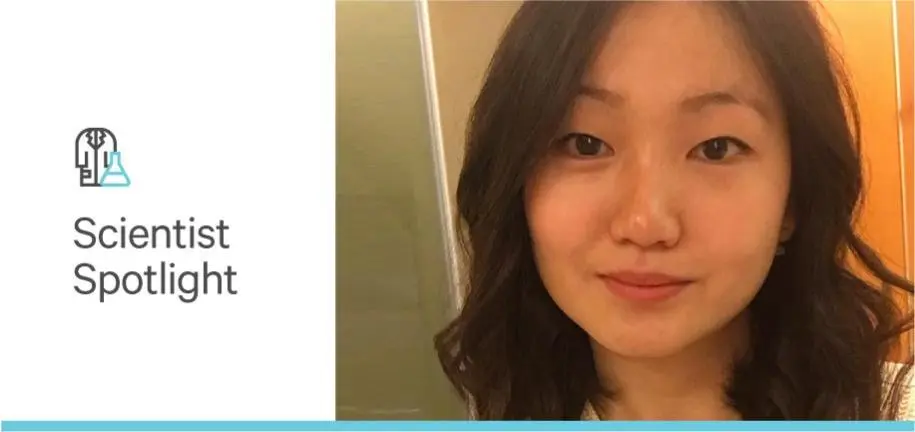
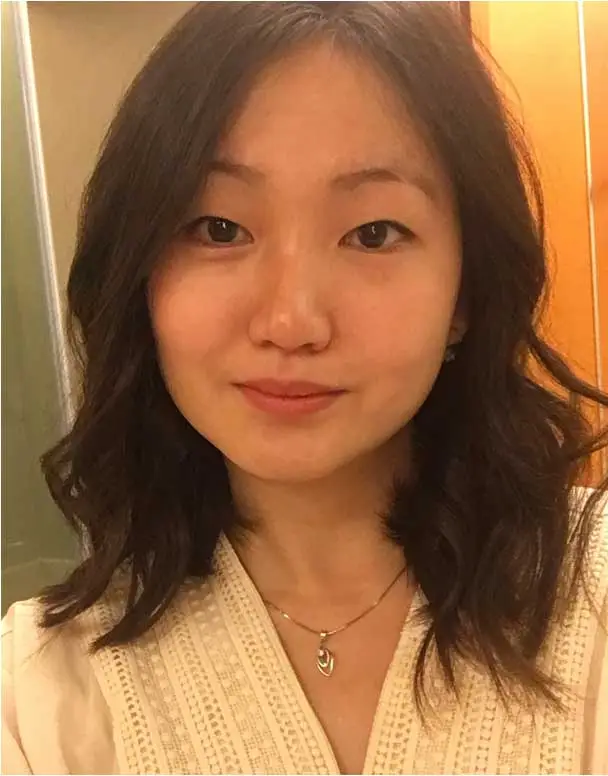
Yee Ming Khaw is the first member of her family from Malaysia to attend university and earn both a BS and PhD. When she arrived in Kansas to pursue her undergraduate degree, she was surprised that she didn’t suffer from any “culture shock” other than an initial struggle with her English proficiency, especially in the context of social conversations. Although she had planned to study psychology, Yee Ming realized that her true passion was rooted in the biology of the brain, and she followed that passion throughout her graduate research and into the next phase of her professional career.
“In the pursuit of scientific excellence, you can lose sight of your personal life and well-being. I always try to offer help and be kind…especially when a student is first starting in research. There are many things that they don’t know—from not knowing how to use equipment properly, to preparing and sterilizing reagents and storing them properly, to the history of the research—and being nice to one another really helps.”
Yee Ming felt a strong affinity for biology early on. When she left Malaysia to pursue her undergraduate degree at the University of Kansas (Lawrence, KS), she had a full scholarship awarded specifically to international students and a plan to study psychology. Instead, she found that she preferred to dig deeper into the brain itself, earning a BS in Behavioral Neuroscience, Psychology and Neuroscience. After applying to various graduate programs, Yee Ming chose the University of Illinois (UI) at Urbana-Champaign to continue her neurobiology research in the laboratory of a young investigator, specifically so she could learn everything needed to eventually run her own lab. This fall, four-and-a-half years later, she’s defending her PhD thesis: Assessment of the Impact of Early Life Trauma, Changes in Estrogen Signaling, and Neurotoxic Molecules in a Mouse Model of Multiple Sclerosis. She confesses that the scope of her thesis is broad, covering endocrinology, immunology, pharmacology, and materials engineering of neurons, and relied on a circle of experts in different departments at UI. Knowing that successful advancement in the sciences relies on collaborative communication and efforts of specialists in different disciplines, Yee Ming intends to foster this approach throughout her career.
“I’d like to think that my research makes important theoretical and methodological contributions. Theoretically, I provide evidence that autoimmune disease heterogeneity is significantly informed by environmental factors. For instance, early life stress imprints in the memory of our immune cells, withstanding the test of time, and dramatically alters how multiple sclerosis develops upon diagnosis in adulthood. Methodologically, I develop a novel neuron morphology analysis tool that has been cited and used by other researchers.”
Like most who pursue research and graduate degrees, one of the biggest challenges she has faced has been learning to deal with experimental failures and deriving bits of knowledge from them, like troubleshooting techniques and learning how to refine experimental design. On the other hand, when an experiment works or when the protocols she’s developed yield successful results for others, she sees the rewards in that. One example of this was when Yee Ming integrated the VectaFluor™ Excel Amplified Anti-Rabbit IgG, DyLight® 488 Antibody Kit into her lab’s workflow. After she had successfully amplified the signal from a protein of interest in mouse lymph node tissues, she then got to see how well the procedure worked in the hands of undergraduate students.
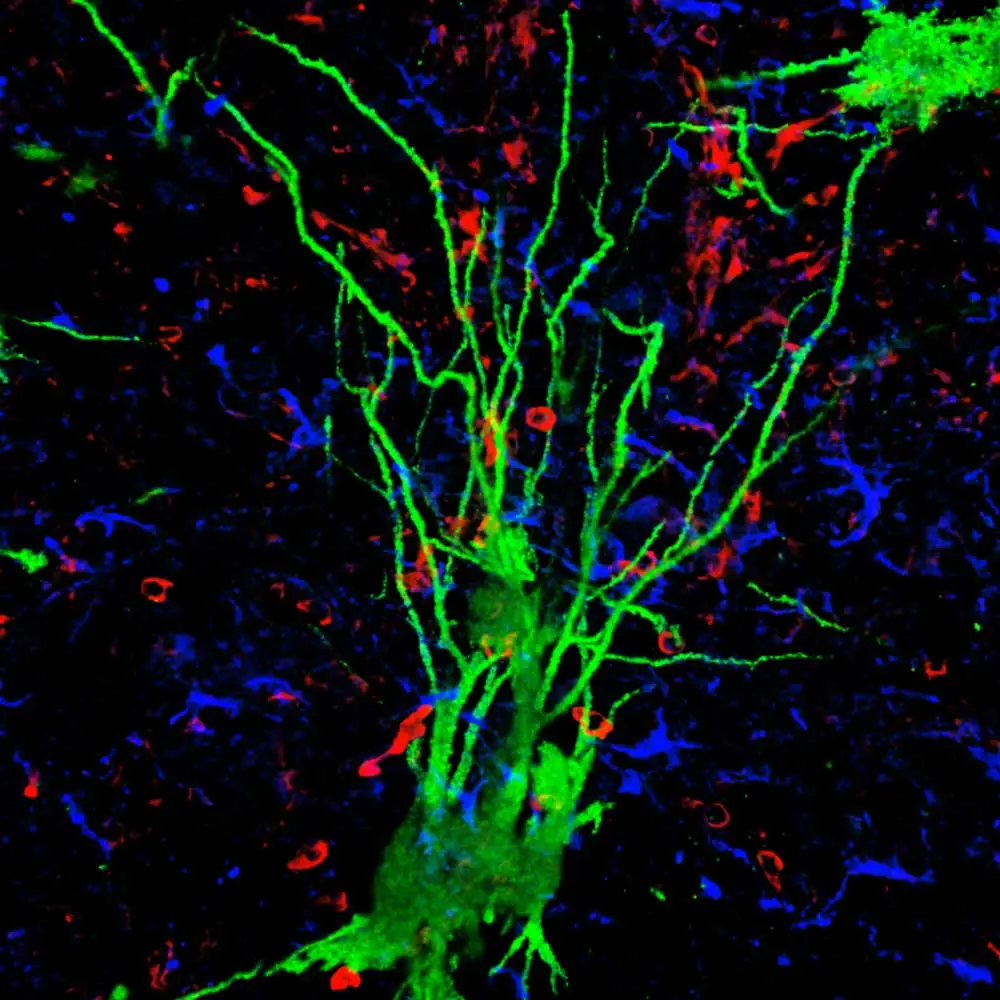
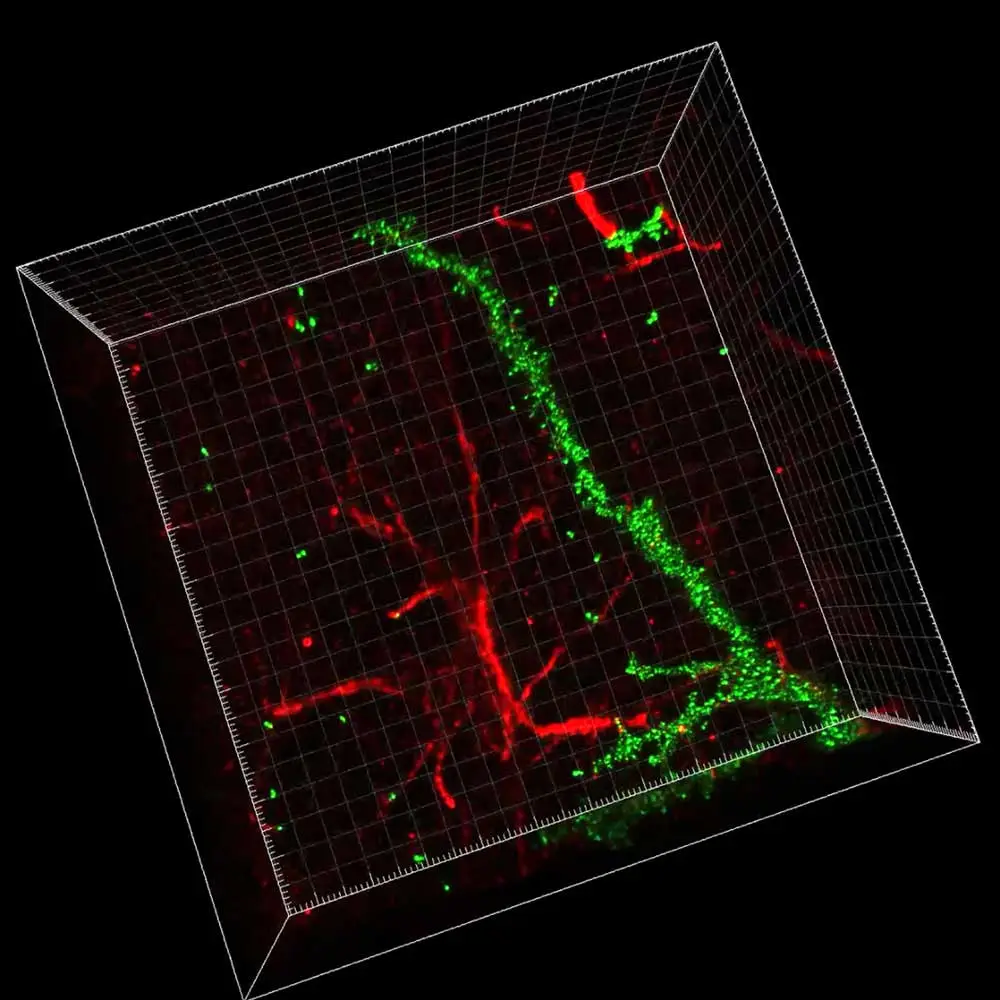
Her thesis advisor and mentor, Makoto Inoue, whose UI lab focuses on neuroscience and neuroimmunology, has been a great champion for her development. In her first few years as a PhD student, Yee Ming devoted her time to required classwork, research experiments, and extensive reading. However, as the only graduate student in Dr. Inoue’s lab, she was also responsible for managing both the research and animal labs. The pandemic didn’t affect her graduate degree progress; she was able to collect the majority of her data before distancing requirements were enacted and spent her work-from-home time writing. During her time at UI, she has completed six publications as first author and has two more papers in process. Her research for those two papers focuses on the hormonal regulation dependency of the multiple sclerosis (MS) disease phenotype and includes molecular mechanistic work to understand why changes in immune cells happen. Yee Ming is especially interested in learning what causes treatment sensitivity (to interferon β) and how we can better understand the characteristics of who will (or will not) respond to different treatments.
Figure 2 (LEFT): High magnification confocal micrograph of murine hippocampal neuron dendrite (green) visualized by Golgi-Cox staining under reflection modality and astrocyte (red) visualized by GFAP antibody staining under fluorescence modality.
“In the final year of my PhD, my tasks consist more of analyzing data, writing and submitting manuscripts, mentoring undergraduate and other graduate students, attending conferences, and aiding my PI in grant writing. The two manuscripts still in preparation are on the effect of hormones on the disease phenotype. We’re seeing a lot of sex differences in the mice that also have been seen in humans, and that translation potential is exciting. Forming a hypothesis, conducting experiments, and seeing that the data actually agrees with the hypothesis has been quite satisfying.”
Today, Yee Ming is seeking a permanent position while working part-time. She is a biology analyst with a neuroscience innovation group (Red Abbey Labs, LLC, in Baltimore, MD) that uses a knowledge-based approach to acquire potential treatments for Alzheimer’s disease. She’s looking forward to learning more about the science side of clinical trials and how to overcome the research and translational barriers to precision medicine. She has spread a wide net to help ensure that her next career step matches her boundless scientific curiosity.
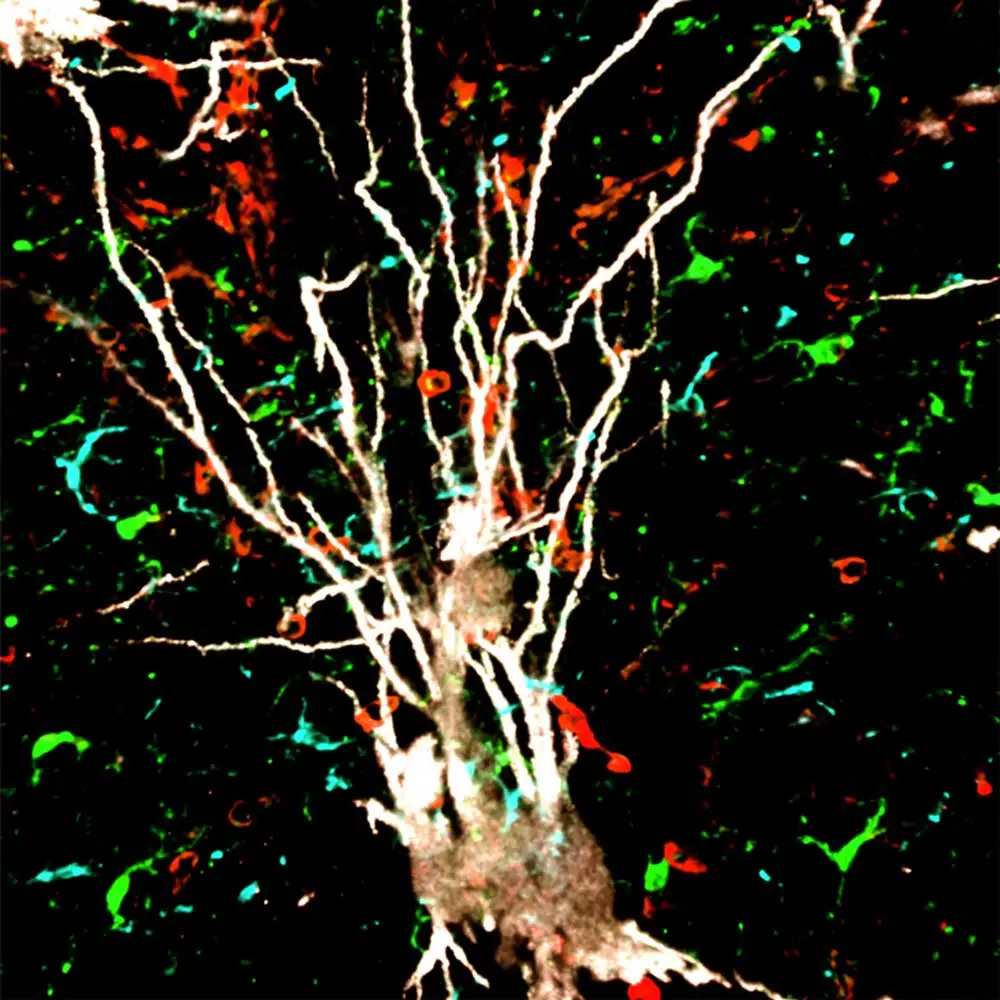
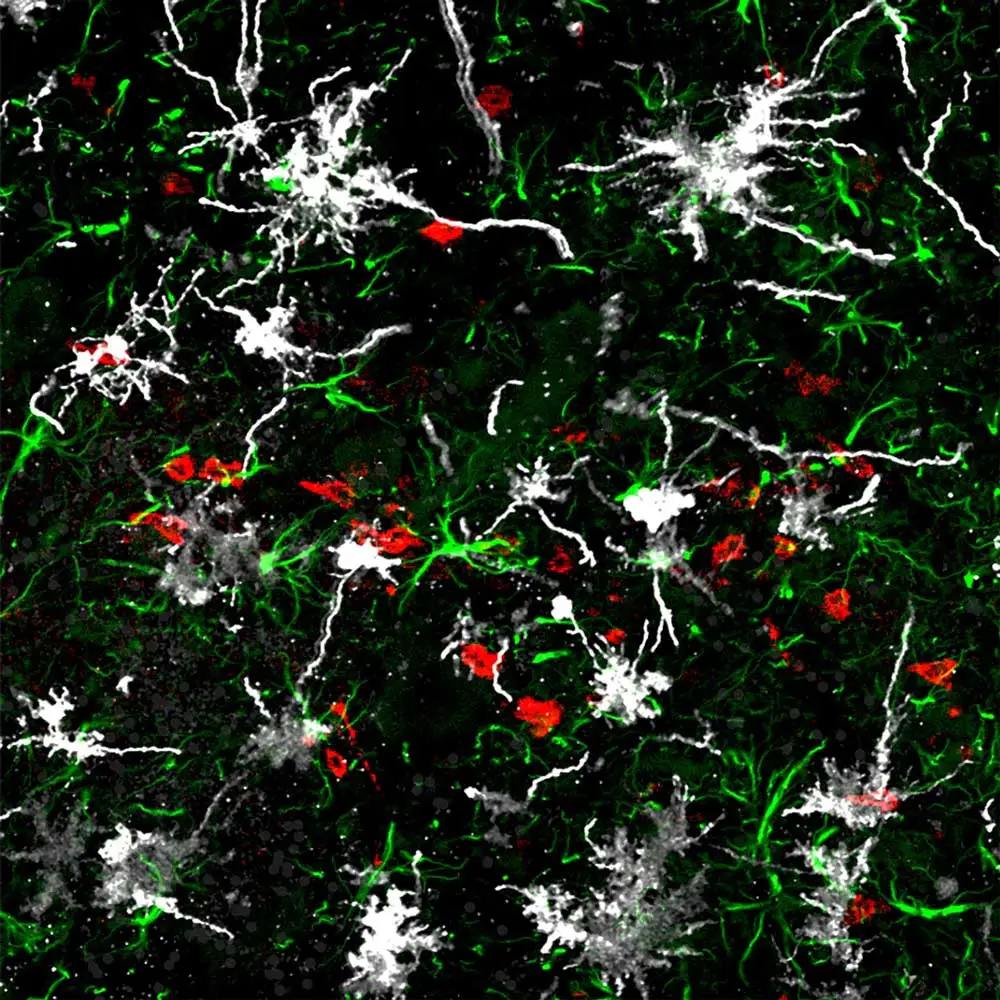





Stay in the Loop. Join Our Online Community
Together we breakthroughTM

©Vector Laboratories, Inc. 2024 All Rights Reserved.